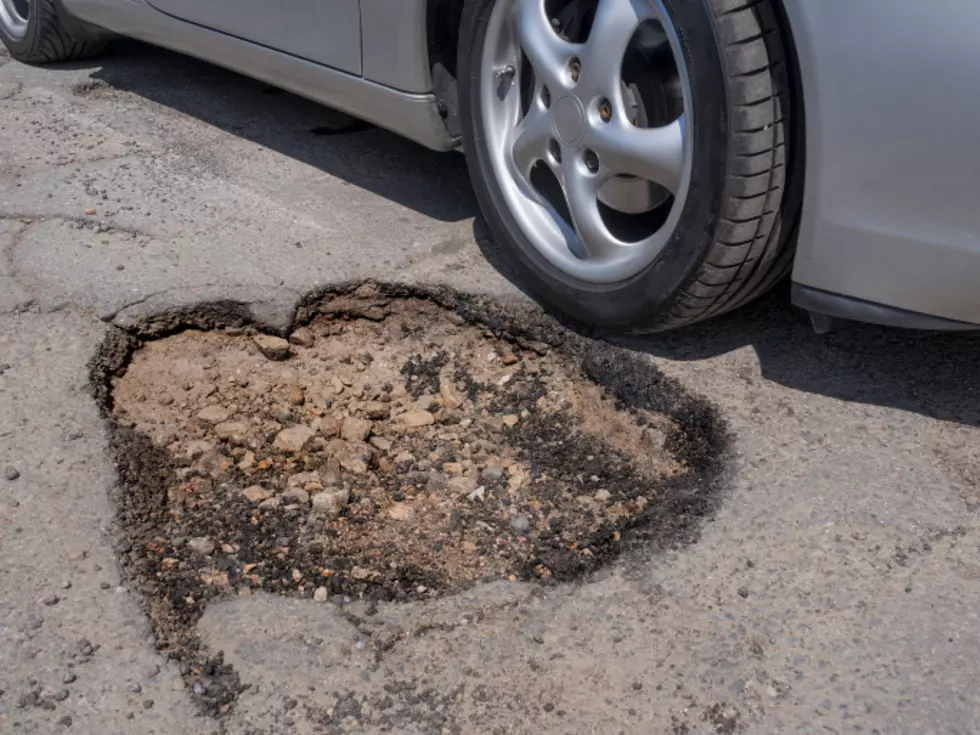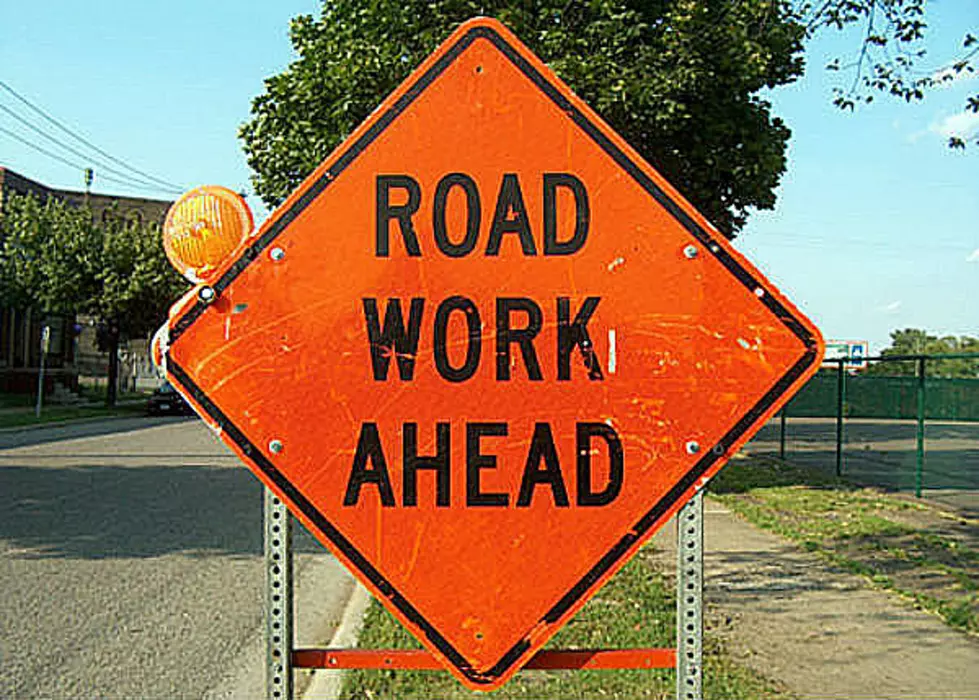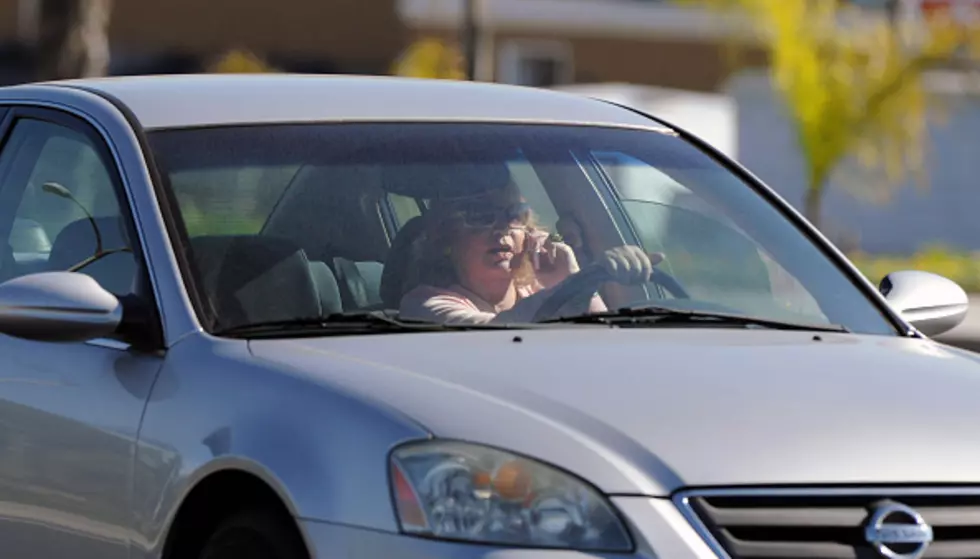
Traffic Signal Upgrade Wednesday on Yakima Avenue
It's been a busy summer of road and signal work in Yakima and it continues Wednesday. Much of the work is being performed by the city but other work is also being done by the Nob Hill Water Association along Summitview Avenue this week as well. Wednesday a traffic signal upgrade will impact the intersection of Yakima Avenue and 4th Avenue.
You could be slowed so might want to find another route
That means your commute could be impacted by the work Wednesday. City officials say crews will be upgrading the traffic signal heads at the intersection from 7:00 am to 1:00 pm Wednesday. The traffic signal will not be in operation during the work hours. Drivers that means the traffic will be restricted to one lane in each direction with stop signs at the 4-way stop. The 4-way-stop you learned in drivers education will be put to use Thursday.
Be careful as you drive through the work zone
Drivers are reminded the speed limit through all traffic-related work zones within the city of Yakima is 20 miles-per-hour.
As always, the schedule for this type of project is subject to change daily dependent on weather, equipment failure, and emergencies.
We'll see more of these traffic signal upgrades into the fall
This is one in a series of traffic signal upgrades the City is planning for intersections along Yakima Avenue this summer. The improvements include upgrading to larger, more efficient 12-inch LED signal heads.
For more information, contact Traffic Operations Supervisor Dan Nickoloff at 509-576-6746.
A road repair project will impact a section of North 16th Avenue Wednesday.
Traffic on North 16th Avenue will be limited to one lane each direction between Jerome Avenue and Cherry Avenue during scheduled project work hours of 7:00 am to 12:00 pm. There is a possibility, however, that traffic impacts could extend later into Wednesday afternoon.
Drivers are reminded the speed limit through all traffic-related work zones within the City of Yakima is 20 miles-per-hour.
LOOK: Here are the 50 best beach towns in America
LOOK: The most expensive weather and climate disasters in recent decades
LOOK: Things from the year you were born that don't exist anymore
More From 94.5 KATS










